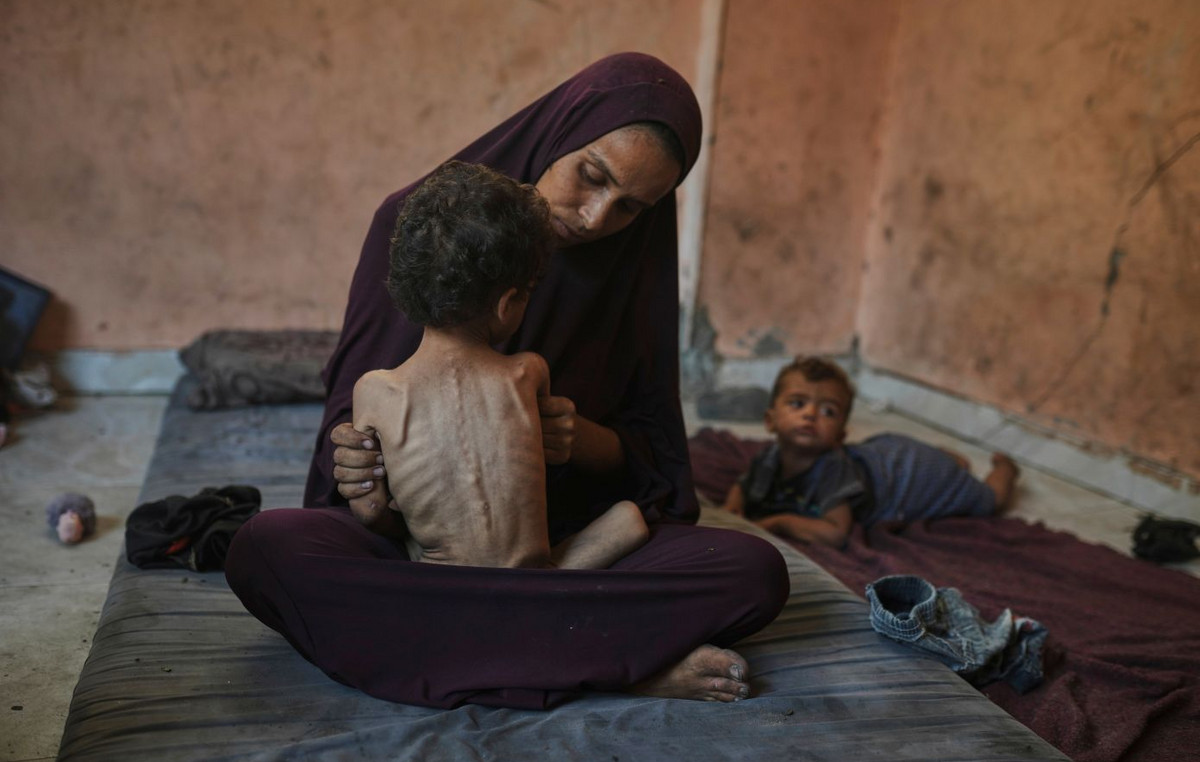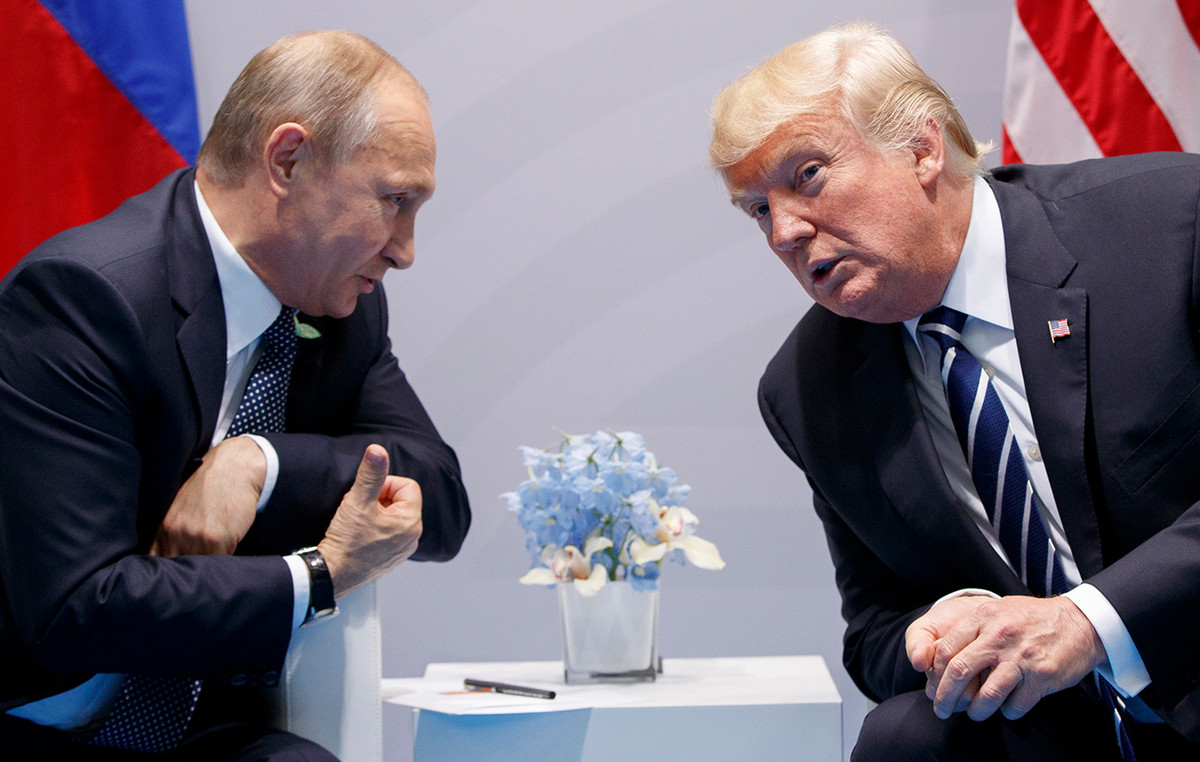The Asian region faces a “stagflationary” outlook, an International Monetary Fund (IMF) official warned on Tuesday, saying the war in Ukraine, rising commodity costs and a slowdown in China create significant uncertainty.
While Asia’s trade and financial exposures to Russia and Ukraine are limited, economies in the region will be hit by the crisis due to higher commodity prices and slower growth from its European trading partners, said Anne-Marie Gulde-Wolf, acting director of the IMF’s Asia and Pacific Department.
In addition, she noted that inflation in Asia is also starting to pick up at a time when China’s economic slowdown is increasing pressure on regional growth.
“So the region faces a stagflationary outlook, with lower-than-expected growth and higher inflation,” she told an online news conference in Washington.
In its latest forecast, released this month, the IMF said it expects Asia’s economy to grow by 4.9% in 2022, down 0.5 percentage point from its previous forecast for January.
Inflation in Asia is now expected to hit 3.4% in 2022, 1 percentage point higher than forecast in January, the body said.
“There is significant uncertainty around our baseline forecasts, with risks tilted to the downside,” said Gulde-Wolf.
Higher interest rates and slowing China risk growth in Latin America and the Caribbean
The prospect of tighter financial conditions due to the war in Europe and a tougher Federal Reserve on inflation, in addition to concerns about a slowdown in China’s growth, are key risks facing Latin America and the Caribbean and require action, the Fund said. International Monetary Fund, this Tuesday.
The risks add to a list that includes rising inflation, including for food, which threatens to provoke social unrest.
“Higher domestic and global financing costs could accelerate capital outflows and pose a challenge for the region, given the large needs for public and external financing in some countries,” the IMF said in a post signed by the director of the Department of Fund’s Western Hemisphere, Ilan Goldfajn; by assistant director Jorge Roldos and senior economist for the region, Santiago Acosta-Ormaechea.
Ukraine’s invasion of Ukraine is impacting Latin America through rising inflation, which hurts the poorest the most, IMF officials wrote.
“The authorities are responding to this challenge by tightening monetary policy and implementing measures to ease the blow on the most vulnerable and contain the risks of social unrest,” they said.
“Governments should provide targeted and temporary support to low-income and vulnerable households while allowing domestic prices to adjust to international prices,” a move they say would contain the cost to governments while revitalizing production.
In an environment of rising interest rates in the developed world, which means that these economies could soon be channeling investments that would otherwise flow to emerging markets in search of higher returns, Latin America and the Caribbean will need to ensure the sustainability of public finances to help preserve credibility.
Growth, however, is expected to decelerate after the large increases brought about by the recovery in activity seen last year.
“Growth is returning to its pre-pandemic trend rate as policies change,” the IMF said, noting that “exports and investment are resuming their role as key drivers of growth, but central banks have had to tighten monetary policy to combat a rise in inflation.”
Source: CNN Brasil
I am Sophia william, author of World Stock Market. I have a degree in journalism from the University of Missouri and I have worked as a reporter for several news websites. I have a passion for writing and informing people about the latest news and events happening in the world. I strive to be accurate and unbiased in my reporting, and I hope to provide readers with valuable information that they can use to make informed decisions.







